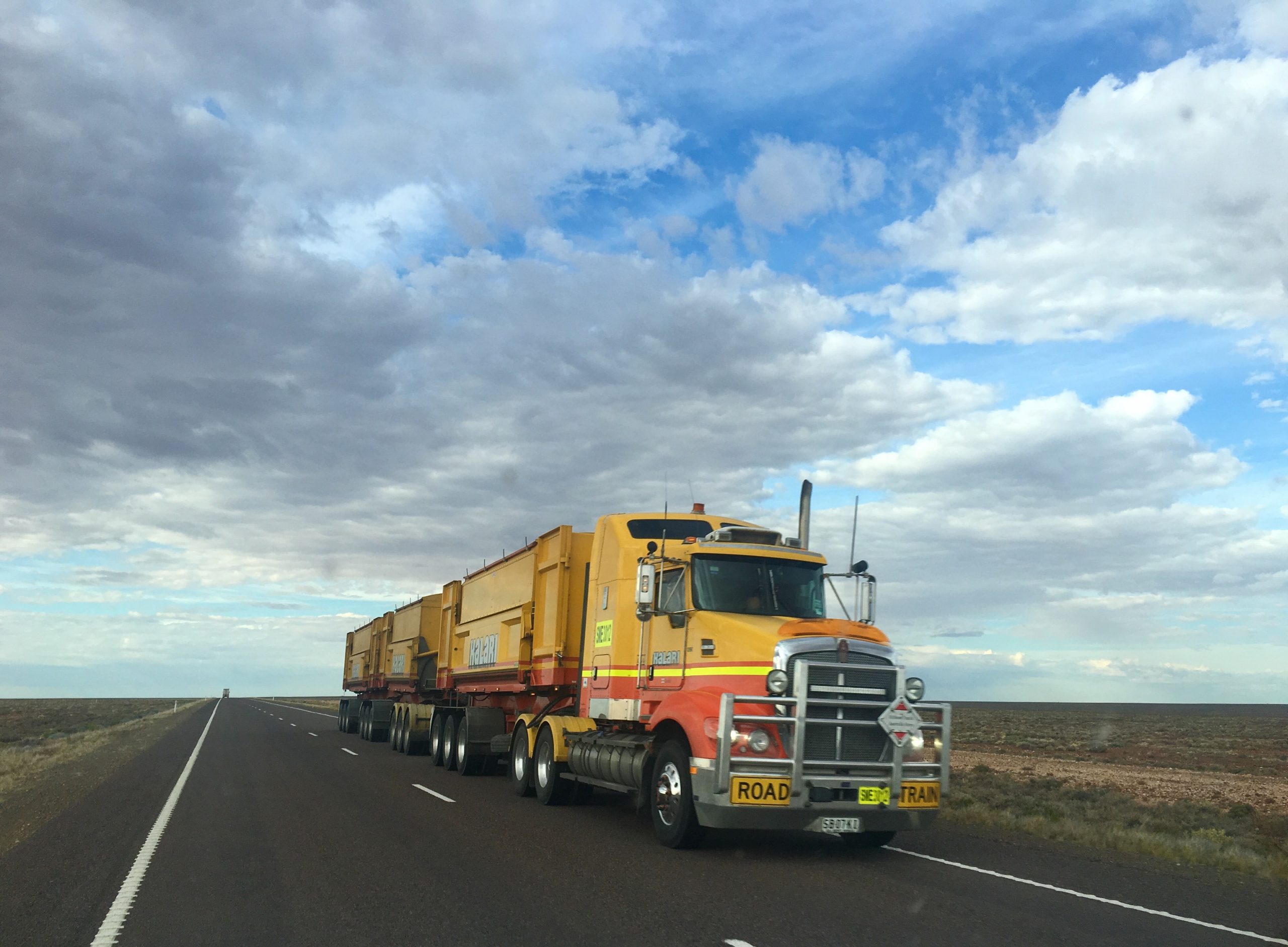It’s funny, but the best way to transport a car is with another car. To be more precise, with a car transporter. These huge vehicles are the subject of today’s article. They are indispensable for moving one or more cars from one place to another, no matter the distance. In this article, we will explain how car transport in vehicle transporters works and the protocols that are used to make the whole process efficient and safe, both for the cars and the workers.
Read on to find out what types there are and how they work!
Are there types of car transporters?
Of course. Just as there are types of vehicles, there are types of trucks that transport those vehicles. There are mainly 2 types:
- Open trucks. These are the most common for transporting cars and the ones we see most often on the roads. The cars can be seen from the outside, they are exposed to all weather conditions.
- Closed trucks. If in the previous type the vehicles can be seen from the outside, these trucks are the opposite. The cars are covered thanks to the body of the truck itself.
A standard vehicle carrier truck can have space for 5/10 cars, depending on the size of the cars. In addition, to facilitate loading and unloading, the trucks are equipped with hydraulically levelled ramps. So, no matter what size car is to be loaded, the ramp will adapt to it.
Open trucks, which are the most common, are usually made up of two floors. The top floor is loaded first, although it is the last floor to be unloaded. Each floor has its own loading ramp and storage space. These are inclined to make the loading and unloading of vehicles more efficient.
If the car is broken down, how is it transported?
In this case, the most suitable vehicle would be a platform crane. These use winches to move the damaged car, as it is not capable of moving on its own. A winch is a device designed to move heavy and bulky vehicles, both horizontally and vertically. It is made up of a set of ultra-strong cables, levers and hooks. These, with the help of a gear, are responsible for pulling the damaged car. In turn, the cable is gradually wound up as the car is lifted onto the platform.
In addition, the crane has a platform with a hydraulic system that allows the crane to tilt and load the car more easily. Thus, between the winches and the platform, a broken down car could be picked up and sent to the workshop without much worry.
When is a car transporter used?
Transporting cars with car transporters from the factory to the dealership is their main use. Those are the ones we usually see on our roads. They are considered commercial size.
Another of the most popular uses for these trucks is the transfer of used vehicles. In this case, the aim is to move a private individual’s used vehicle from one place to another. When there is a move, for example, and the customer does not want to drive hundreds of kilometres, this type of truck comes into play.
The increase in the online sale and purchase of second-hand vehicles has brought car transport with car transporters onto the scene in a big way. A customer may buy a second-hand car far from his place of residence, so he needs a truck to transport the car from where he is to where the buyer is.
These situations require the hiring of a professional and experienced vehicle transport management service.
What is the process of transporting a car in a car transporter?
When transporting vehicles, certain guidelines are followed to ensure the effectiveness and safety of the truck, the vehicle to be transported and the people involved:
First, a tow truck will pick up the car at the place and time indicated by the customer. Once this is done, it will be taken to a central warehouse. It is there that it will be loaded onto a vehicle carrier truck for transport. As mentioned above, these trucks can transport between 5-10 vehicles.
Once the loading of the vehicles is completed and the safety measures have been checked, this truck will be in charge of taking all the cars to their destination. There they are unloaded and stored until, once again, a crane picks them up and moves them to the indicated address. In this sense, each car, although they move in groups with the lorry, arrive at their destination individually.
Conclusions
At Tradisa we know how important it is to transport vehicles correctly. The lorries that are responsible for this must be in the best conditions to be able to withstand dozens of kilometres. In addition, they must ensure that the ramps and floors that form them do not have any loading and unloading problems. The fastening of the vehicles is fundamental for the two types of vehicle carriers that exist. That is why we take the same care with the private vehicles we transport as we do with our own fleet of trucks.
If you need a transport service for your vehicle, we are experts in global logistics solutions, ranging from vehicle transport and delivery to fleet management, remarketing and the coordination of mobility initiatives and projects.
Tradisa is an integrated logistics operator in Europe, for the automotive and petroleum products sectors and for other synergic sectors such as consumer electronics. A human group that generates creative and innovative solutions, because the creation of value in harmony and balance is its way of life. You can contact us and ask for any kind of information. You can also ask us any doubt or curiosity. If you would like to know more about transport, we recommend our blog.


